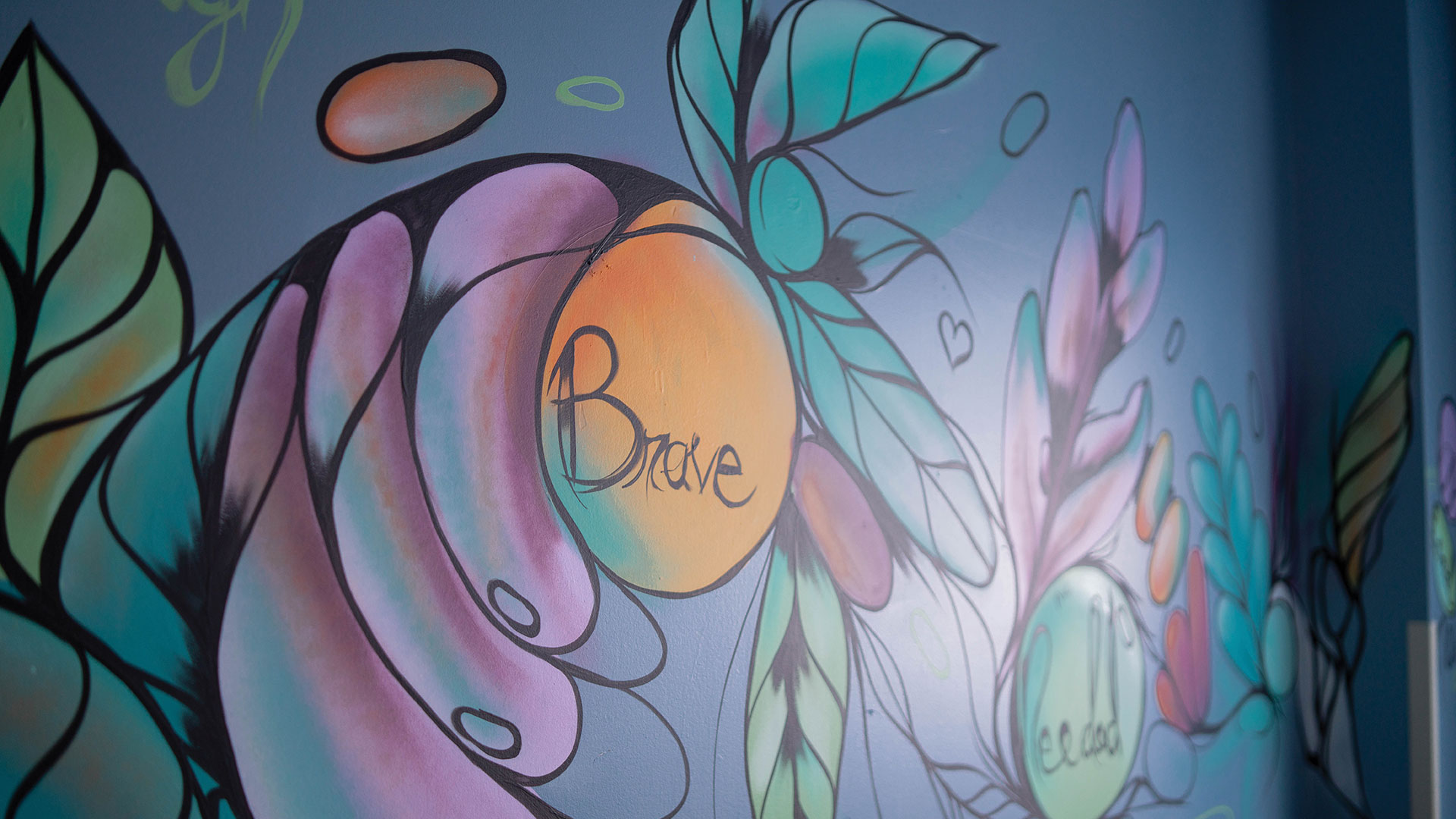June – Reflecting on Indigenous Peoples Day
We are coming up on the longest day of the year –the Summer Solstice– a day that Indigenous Peoples have and continue to celebrate.
In 1996, June 21st was declared National Aboriginal Day —now known to us as National Indigenous Peoples Day. June is also National Indigenous History Month in Canada, an opportunity to learn about the unique cultures, traditions and experiences of First Nations, Inuit and Métis. It’s a time to honour the stories, achievements and resilience of Indigenous Peoples.
Acknowledging the land and the people we serve
Timmins and District Hospital (TADH) cares for people within the traditional lands of the Mattagami First Nation and is in Treaty 9 territory. Our team is committed to building strong, lasting relationships with Indigenous communities as we acknowledge the diversity, history and heritage of Indigenous Peoples.
TADH is honoured to serve urban Indigenous Peoples as well as those from First Nations communities within the Cochrane District and communities including Weenusk First Nation, Attawapiskat First Nation, Kashechewan First Nation, Fort Albany First Nation, Moose Cree First Nation, Constance Lake First Nation, Taykwa Tagamou Nation, Marten Falls First Nation (Ogoki Post), Flying Post First Nation, Apitipi Anicinapek Nation , Matachewan First Nation, Chapleau Ojibway First Nation, Chapleau Cree First Nation, Brunswick House First Nation, and Mattagami First Nation. To ensure we’re meeting the needs of Indigenous Peoples, we are committed to listening, learning and finding ways to strengthen our partnerships with Indigenous leaders and organizations.
TADH’s Indigenous Advisory Committee
The Indigenous Advisory Committee at TADH provides guidance and feedback on programs, service development and care delivery at our hospital. This committee has expanded its membership and named two new co-chairs, Melanie Verreault and Eileen Boissoneau. Some of the ways this committee has helped TADH move forward include providing input into the emergency department redevelopment project; collaborating with First Nations to increase local access to opioid agonist therapy; and supporting the delivery of Indigenous cultural safety training, to name a few.
What does Indigenous cultural safety training look like?
TADH’s Senior Leadership Team, Directors and Managers have all completed Indigenous Cross-Cultural Awareness training. The majority attended a one-day workshop delivered last year by Mushkegowuk Council, while others, who were unable to attend, completed online modules.
A training session was also held with central registration staff to enhance support for Indigenous people visiting the hospital’s emergency department or becoming a patient of the hospital to ensure we are providing a culturally safe environment.
We are continuing to expand training opportunities. This coming year, through an Ontario Health funding opportunity, the hospital will provide San’yas Indigenous Cultural Safety Training for more than 40 Emergency Department staff and physicians. The hospital has also implemented Ownership, Control, Access, and Possession Training (The First Nations principles of OCAP®) related to Indigenous data governance.
Collaborating with partners
To improve Indigenous patient care, TADH collaborates with partners including Weeneebayko Area Health Authority (WAHA), which provides care to patients in communities along the James and Hudson Bay coast, Mushkegowuk Health (Okimawiwin Minopimatsiwinik Atoskawikamik), Misiway Milopemahtesewin Community Health Centre, Wabun Tribal Council, and the Timmins Native Friendship Centre.
One example of this includes partnering with WAHA and Mushkegowuk Health Department to support enhanced hospital navigation for Indigenous Peoples accessing TADH services.
We will continue to listen and collaborate with our partners and patients on ways to improve care for Indigenous Peoples, their families, visitors, loved ones, and all patients.
National Indigenous Peoples History Month and Day is an opportunity for all of us to think about what we can do personally for Reconciliation. If you’re looking for a place to start, there are many resources available on the Canadian government’s website here. As Hon. Justice Murray Sinclair said: “The road we travel is equal in importance to the destination we seek. There are no shortcuts. When it comes to Truth and Reconciliation, we are all forced to go the distance.” Let’s all take the time to listen, learn and act.
Marc Demers
Acting President and CEO
Past CEO Blogs
Access past CEO blogs in PDF form from the list below.
President & Ceo Feedback
Open, transparent communication is one of the cornerstones of success. I want to ensure that our community has the opportunity to provide feedback, connect and keep people informed. I want to encourage you to use this form to connect with me to provide feedback and share your ideas. I look forward to hearing from you.
